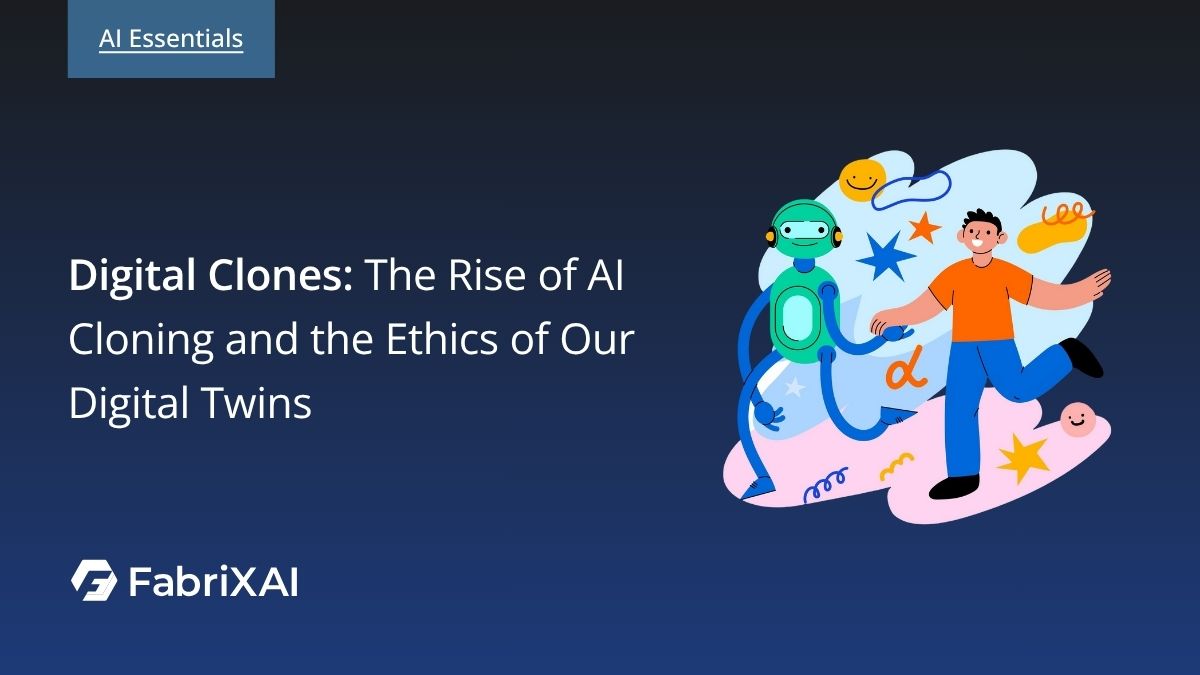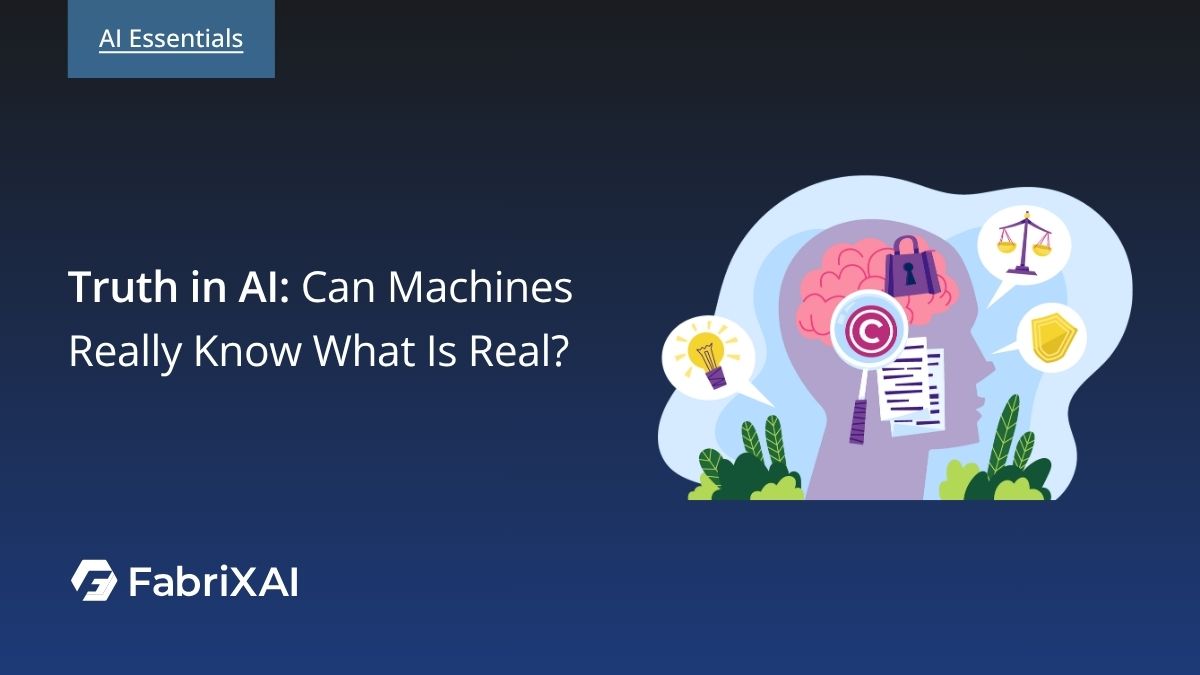Exploring AI Use Cases in Telecom for Smarter Networks

The telecommunications industry is undergoing a rapid transformation fueled by the power of Artificial Intelligence (AI). From optimizing network performance to enhancing customer experiences, AI use cases in telecom are revolutionizing how networks operate and services are delivered. AI is not just a tool for operational efficiency; it is a catalyst for innovation, enabling telecom companies to stay competitive in the fast-evolving digital landscape.
In this blog, we explore the cutting-edge AI use cases in telecom, showcasing how this technology is reshaping the industry. Whether it’s predictive maintenance, fraud mitigation, or personalized customer experiences, AI is paving the way for future-ready telecom infrastructures. Let’s dive into the world of AI-powered telecom innovation!
How AI is Transforming Telecom
AI is a game-changer for the telecom industry, addressing critical challenges, streamlining processes, and unlocking new possibilities. Here are the key ways in which AI is driving transformation:
1. Smart Network Management
AI enables telecom operators to manage networks more efficiently with:
- Real-Time Analytics: AI continuously monitors network performance, identifying bottlenecks and optimizing traffic flow.
- Predictive Maintenance: By analyzing historical data, AI predicts potential network failures, enabling proactive repairs and reducing downtime.
- Enhanced Security: AI detects and mitigates threats in real time, safeguarding networks from cyberattacks.
2. Enhanced Customer Experiences
AI improves how telecom companies connect with their customers by:
- Personalized Interactions: Analyzing user data, AI offers tailored services and recommendations.
- Proactive Support: AI anticipates customer needs, delivering solutions even before issues arise.
- AI-Powered Chatbots: Virtual assistants handle customer queries instantly, reducing wait times and improving satisfaction.
3. Boosting Operational Efficiency
AI drives efficiency by automating routine tasks and optimizing resource allocation:
- Automated Processes: Repetitive tasks are streamlined, freeing up human resources for strategic initiatives.
- Cost Savings: Predictive analytics help reduce maintenance costs and improve resource utilization.
- Productivity Gains: AI enhances the efficiency of marketing campaigns, contact centers, and CRM systems.
4. Future-Ready Innovations
AI ensures networks are prepared for future demands by:
- 5G and IoT Integration: AI processes massive data volumes from connected devices, enhancing connectivity and service delivery.
- Generative AI: Transforming data processing and creating innovative solutions to meet emerging challenges in telecom.
Key AI Use Cases in Telecom
1. Optimizing Network Performance
AI ensures telecom networks operate seamlessly and efficiently:
- Traffic Management: AI algorithms optimize bandwidth allocation based on real-time demand.
- Predictive Analytics: AI tools forecast network demands, enabling smarter resource allocation and reducing downtime.
2. Predictive Maintenance
AI-powered predictive maintenance tools reduce costs and improve reliability:
- Machine learning algorithms monitor network equipment, identifying wear-and-tear before failures occur.
- This proactive approach minimizes service disruptions and extends equipment lifespans.
3. Fraud Mitigation
Fraud prevention is a critical AI use case in telecom:
- AI analyzes network traffic in real time to detect suspicious activities and anomalies.
- This helps prevent revenue loss and builds customer trust.
4. Transforming Customer Service
AI reshapes customer support, offering faster and more personalized assistance:
- Chatbots powered by natural language processing (NLP) handle common queries and escalate complex issues to human agents.
- AI analyzes customer sentiment and feedback, helping companies improve service quality.
5. Optimizing Base Station Profitability
AI enhances the efficiency of base stations by analyzing usage patterns and suggesting adjustments to reduce costs. This ensures optimal performance while maximizing profitability.
6. Network Planning and Optimization
AI improves spectrum utilization and capacity planning:
- By predicting demand and adjusting resources dynamically, AI ensures better coverage and connectivity.
Real-World Success Stories
1. Vodafone’s AI-Driven Customer Service
Vodafone implemented AI-powered chatbots to handle customer queries, resulting in faster response times and higher satisfaction rates.
2. AT&T’s Network Optimization
AT&T leveraged AI for network management, achieving improved efficiency and significant cost savings.
These examples highlight the tangible benefits of adopting AI use cases in telecom, from operational efficiencies to enhanced customer experiences.
Strategies for Embracing AI in Telecom
1. Identify High-Impact AI Projects
To maximize ROI, telecom companies should prioritize AI initiatives that align with business goals, such as predictive maintenance and customer personalization.
2. Build a Robust AI Framework
Developing an effective AI ecosystem requires:
- Cross-Functional Teams: Collaboration between technical and business units.
- Skilled Workforce: Upskilling employees to address the AI talent gap.
- Change Management: Fostering a culture of innovation and adaptability.
3. Overcome Adoption Challenges
- Data Privacy and Security: Ensure compliance with regulations while addressing privacy concerns.
- System Integration: Seamlessly integrate AI with existing telecom systems.
- Scalability: Design AI solutions that grow with the business.
Emerging Trends in AI for Telecom
1. Generative AI
Generative AI is transforming how telecom companies process data, create content, and solve complex problems. Its applications include automated report generation and advanced virtual assistants.
2. AI-Driven 5G Networks
AI is playing a crucial role in managing 5G networks, enabling faster data processing and improved service delivery.
3. IoT Integration
AI facilitates seamless communication between IoT devices, enhancing network efficiency and enabling innovative services.
Benefits of AI in Telecom
1. Cost Savings and Efficiency
AI reduces operational costs through automation and predictive analytics, particularly in areas like network management and customer support.
2. Enhanced Customer Satisfaction
By personalizing experiences and resolving issues proactively, AI boosts customer loyalty and retention.
3. Competitive Advantage
Early adopters of AI gain a strategic edge in the market, driving innovation and creating new revenue streams.
The Road Ahead: AI Use Cases in Telecom
The future of AI use cases in telecom looks promising, with advancements like AI-driven 5G networks, generative AI, and IoT integration driving innovation. To remain competitive, telecom companies must:
- Continuously adapt to technological advancements.
- Invest in leadership-driven AI initiatives.
- Foster collaboration between business and technical teams.
By embracing AI strategically, telecom companies can unlock unprecedented opportunities, improve efficiency, and deliver exceptional customer experiences.
Key Takeaways
- AI use cases in telecom are revolutionizing network management, customer service, and operational efficiency.
- Generative AI and predictive analytics are driving innovation, helping telecom companies stay competitive.
- Successful AI adoption requires strategic planning, skilled teams, and overcoming challenges like data privacy and system integration.
FAQ
1. What are the main benefits of AI in the telecom industry?
AI offers numerous benefits including improved operational efficiency, reduced costs, enhanced customer service, and a competitive edge through innovation and new business models.
2. How is AI improving customer service in telecom?
AI enhances customer service by personalizing experiences, predicting user behavior, and deploying AI-powered chatbots for efficient query resolution, leading to increased customer satisfaction.
3. What are the challenges of adopting AI in telecom?
Challenges include addressing the AI skills gap, ensuring data privacy and security, integrating AI with existing systems, and balancing innovation with ethical considerations.
4. How can telecom companies overcome AI adoption challenges?
Companies can overcome challenges by investing in staff training, securing leadership buy-in, managing change effectively, and ensuring data quality and system compatibility.



